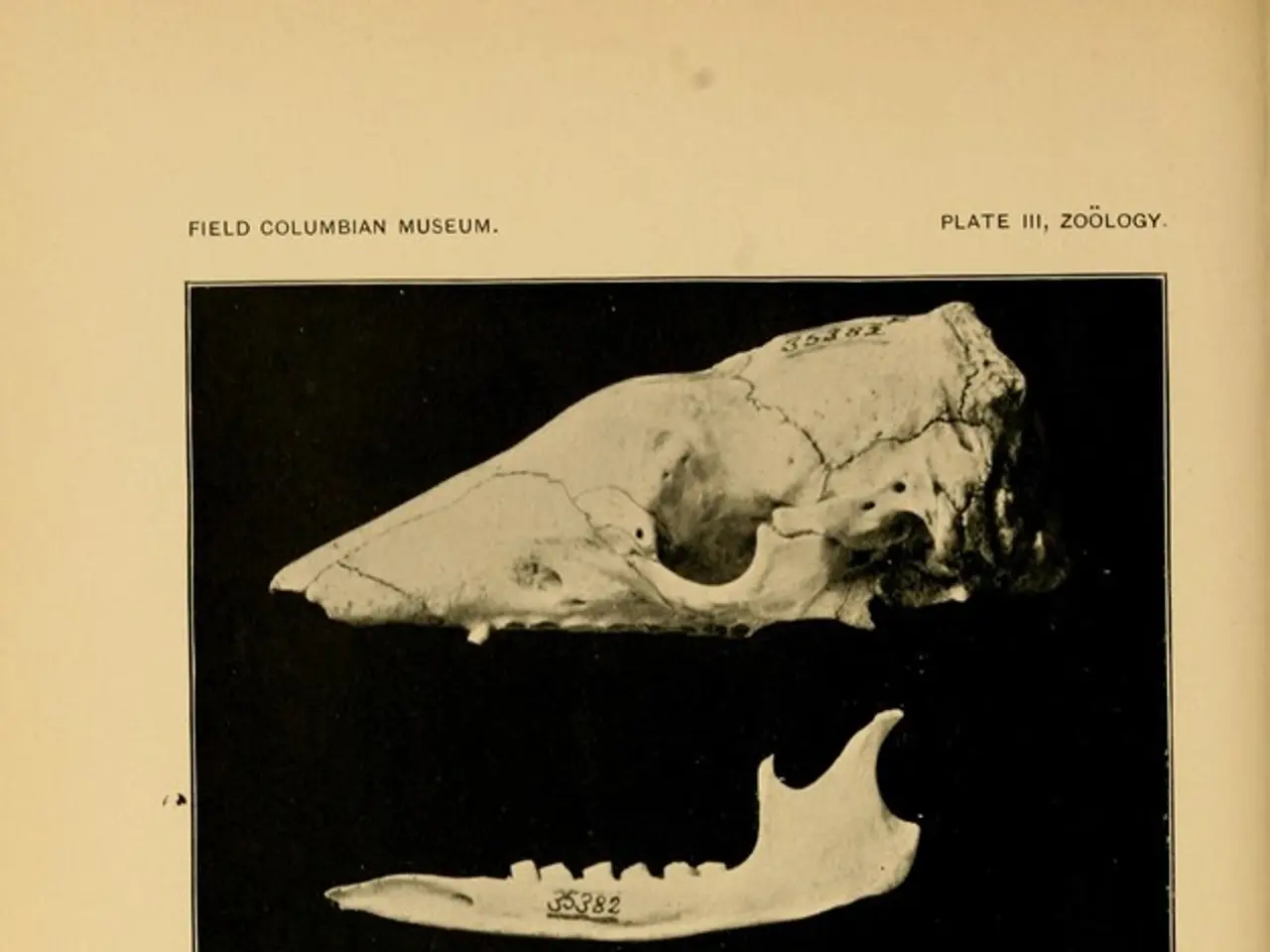Hip Discomfort: Root Causes, remedies, and strategies for relief
Hip joint pain can be a distressing and debilitating condition, affecting individuals of all ages. This article aims to shed light on the common causes, symptoms, and treatments for hip joint pain.
Underlying Causes and Associated Conditions
Hip joint pain can stem from several conditions, including bursitis, fractures, labral tears, arthritis, Paget's disease, femoroacetabular impingement (FAI), and avascular necrosis.
Bursitis
Bursitis, the inflammation of the bursae (fluid-filled sacs cushioning the hip joint), can cause sharp or aching pain, especially with movement or lying on the affected side.
Fractures (Broken Hip)
Fractures, often seen in elderly individuals or those with osteoporosis, are a common cause of hip pain. They typically result from falls or trauma.
Labral Tears
Labral tears, damage to the cartilage lining the hip socket, can lead to pain, stiffness, and limited mobility.
Arthritis
Arthritis, particularly osteoarthritis, is a common cause of joint degeneration, stiffness, pain, and reduced range of motion.
Paget's Disease
Paget's disease, a bone remodeling disorder, can cause deformities and pain in affected bones, including the hip.
Femoroacetabular Impingement (FAI)
FAI, characterized by abnormal contact between the femoral head and acetabulum, can damage cartilage and the labrum, causing pain and stiffness.
Avascular Necrosis
Avascular necrosis, the loss of blood supply to the femoral head, can cause bone death and severe hip pain.
Symptoms
Hip joint pain symptoms can include pain localized to the hip, groin, thigh, or buttocks, stiffness and limited range of motion, sharp or aching pain, swelling or tenderness, and radiating pain down the leg.
Common Treatments
Medical Treatments
Medical treatments for hip joint pain may include NSAIDs and analgesics for inflammation and pain relief, corticosteroid injections, trigger point injections, nerve blocks, radiofrequency ablation, viscosupplementation, and surgery.
Physical Therapy and Non-Surgical Management
Specialist physiotherapy, low-impact aerobic exercise, yoga, muscle strengthening, chiropractic care, rest, avoiding aggravating activities, and maintaining a healthy weight and balanced diet are all part of non-surgical management.
Home Management
Home management for hip joint pain may include applying ice, gentle stretching and strengthening exercises, avoiding activities that increase pain or risk injury, and maintaining a healthy weight and balanced diet.
For comprehensive diagnosis and personalized treatment, consulting a healthcare professional or orthopedic specialist is essential. A proper diagnosis involves various tests, such as X-rays or other imaging of the hips, testing for areas of tenderness, checking range of motion, asking about pain symptoms, and ordering blood tests to help rule out conditions like rheumatoid arthritis.
In conclusion, understanding the causes, symptoms, and treatments for hip joint pain is crucial for effective management and relief. If symptoms persist or worsen, seeking medical attention is strongly advised.
- Hip joint pain can arise from various medical conditions, such as bursitis, fractures, labral tears, arthritis, Paget's disease, femoroacetabular impingement (FAI), and avascular necrosis.
- Bursitis leads to inflammation of the bursae, causing sharp or aching pain, particularly with movement or lying on the affected side.
- Fractures in the hip, common in elderly individuals, often result from falls or trauma and are a frequent cause of hip pain.
- Labral tears, or damage to the cartilage lining the hip socket, can lead to pain, stiffness, and limited mobility.
- Arthritis, particularly osteoarthritis, is a common reason for joint degeneration, stiffness, pain, and reduced range of motion.
- Paget's disease, a bone remodeling disorder, can cause deformities and pain in affected bones, like the hip.
- Femoroacetabular impingement (FAI) can result in damage to cartilage and the labrum, causing pain and stiffness through abnormal contact between the femoral head and the acetabulum.
- Avascular necrosis involves the loss of blood supply to the femoral head, causing bone death and severe hip pain.
- Symptoms of hip joint pain include localized pain, stiffness, limited range of motion, sharp or aching pain, swelling or tenderness, and radiating pain down the leg.




